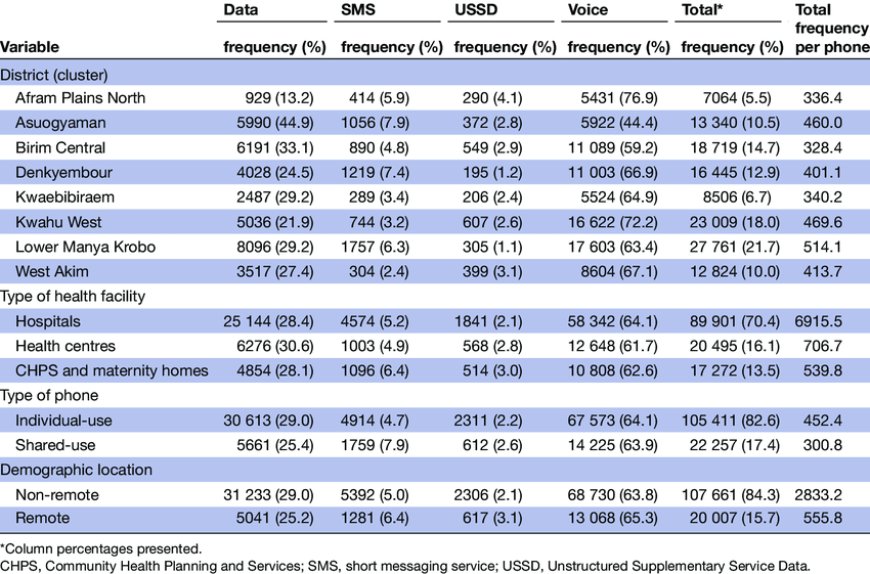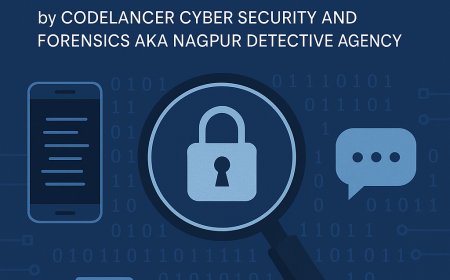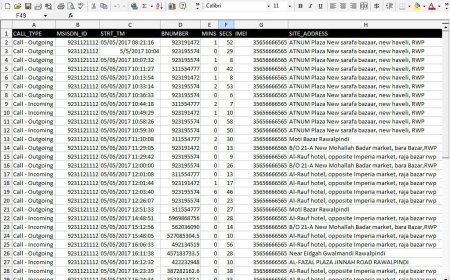Role of CDR in Solving Criminal Cases In Nagpur
Call Detail Records (CDR) play a vital role in solving criminal cases by providing critical information on communication patterns, call locations, and timestamps. Learn how law enforcement agencies use CDR to track suspects, uncover criminal networks, and gather evidence for prosecution.

Role of CDR in Solving Criminal Cases
Introduction
In the digital age, Call Detail Records (CDR) have become an essential tool in criminal investigations. CDR provides valuable information about a person’s communication patterns, including call durations, timestamps, and geographical locations. Law enforcement agencies and private investigators use this data to solve a variety of crimes, from tracking suspects to uncovering criminal networks.
What is Call Detail Record (CDR)?
A Call Detail Record (CDR) is a data file maintained by telecom service providers that contains information about telephone calls and messages. It provides crucial insights into:
-
Caller and Receiver Details – Phone numbers involved in the conversation.
-
Call Duration and Timestamp – Start and end time of the call.
-
Cell Tower Location – Geographical location from where the call was made or received.
-
Type of Communication – Voice calls, SMS, or data usage.
⚖️ Legal Use of CDR in Criminal Investigations
CDR can only be accessed legally by law enforcement agencies with judicial authorization. Investigators need to follow legal procedures to obtain CDR from telecom service providers. Misuse or unauthorized access to CDR data can result in legal consequences.
How CDR Helps Solve Criminal Cases
✅ 1. Identifying and Tracking Suspects
CDR analysis helps track a suspect’s movements and communication history. By mapping call locations and frequency, investigators can establish a suspect’s presence at a crime scene or identify accomplices.
✅ 2. Establishing Links Between Criminal Networks
CDR data uncovers patterns of communication between suspects, allowing law enforcement to identify and dismantle criminal organizations.
✅ 3. Confirming Alibis and Timelines
CDR helps verify or contradict alibis by cross-referencing call data with a suspect’s claimed timeline. This helps determine the suspect’s whereabouts during a crime.
✅ 4. Tracking Kidnapping and Human Trafficking Cases
In cases of kidnapping and human trafficking, CDR assists investigators in tracing victims’ last known locations and identifying perpetrators through communication records.
✅ 5. Solving Cybercrime and Financial Fraud
CDR plays a significant role in investigating cybercrime and fraud cases by analyzing suspicious communication, identifying phishing attempts, and tracing financial transactions linked to criminal activity.
Real-Life Cases Where CDR Solved Crimes
✅ Case 1: Terrorism Investigation
Law enforcement agencies used CDR data to track communication between terrorist cells, leading to the identification and arrest of suspects involved in plotting attacks.
✅ Case 2: Kidnapping Rescue Operation
CDR analysis helped locate the last known location of a kidnapped victim, leading to a successful rescue and arrest of the perpetrators.
✅ Case 3: Financial Fraud Bust
A financial fraud ring was dismantled after investigators used CDR data to trace communication patterns and link suspects to fraudulent transactions.
Role of Private Detectives in CDR Analysis
Private investigators leverage CDR analysis to assist clients in sensitive cases, such as:
-
Infidelity Investigations: Tracking communication between suspicious partners.
-
Corporate Espionage Cases: Identifying insider threats and data leaks.
-
Missing Persons Cases: Tracing the last known locations and movements.
-
Fraud Investigations: Analyzing communication to uncover fraudulent activities.
Benefits of Using CDR in Investigations
1. Accurate and Reliable Data
CDR provides factual and time-stamped data, making it a reliable source of information for solving cases.
2. Enhanced Surveillance Capabilities
Investigators can map out a suspect’s movements and contacts using CDR, improving the efficiency of surveillance operations.
3. Establishing Patterns and Motives
CDR analysis helps identify suspicious patterns, revealing motives and connections between suspects.
Challenges and Limitations in CDR Usage
❗ 1. Privacy Concerns
Access to CDR is restricted to protect individuals’ privacy. Unauthorized use can lead to legal implications.
❗ 2. Limited Data Retention
Telecom providers only retain CDR data for a limited period, which may affect long-term investigations.
❗ 3. Dependency on Network Coverage
CDR accuracy depends on the quality and availability of cell tower coverage.
Future of CDR in Criminal Investigations
With advancements in technology, the use of AI and Big Data Analytics is enhancing CDR analysis by:
-
Real-time Tracking: Faster identification of suspects and their movements.
-
Pattern Recognition: Detecting unusual communication patterns linked to criminal behavior.
-
Predictive Analytics: Anticipating future criminal activities through CDR trends.
Conclusion: CDR as a Game-Changer in Criminal Investigations
Call Detail Records (CDR) have revolutionized criminal investigations by providing crucial evidence that helps law enforcement agencies solve cases faster and more efficiently. Whether it’s tracking a suspect, verifying alibis, or uncovering criminal networks, CDR remains an invaluable tool in modern investigative techniques.
If you need professional assistance in analyzing CDR for investigations, contact a trusted detective agency today.
What's Your Reaction?

































